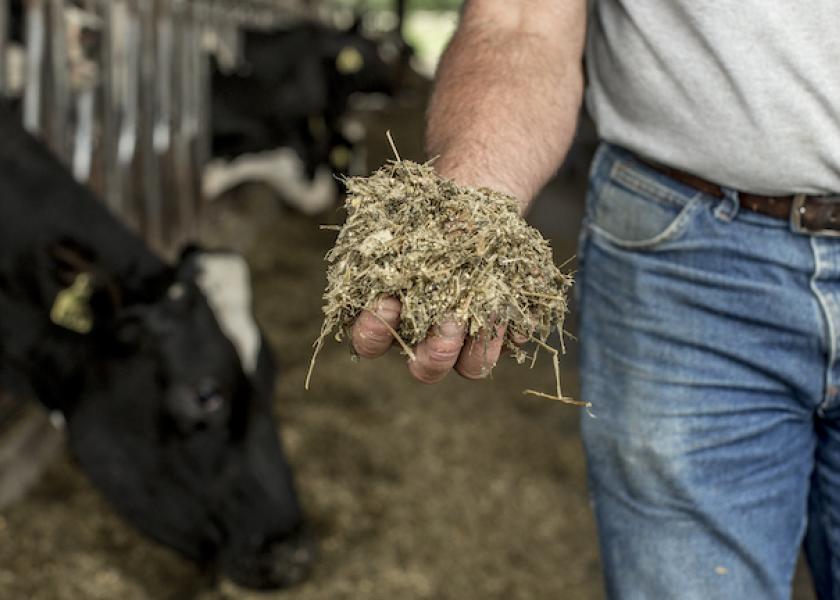Agroforestry And Carbon Sequestration
Carbon sequestration is a topic of utmost importance in today's world as we, as a collective society, strive to find ways to mitigate the effects of climate change. One promising avenue for carbon sequestration is agroforestry, which combines agricultural practices with the cultivation of trees and other woody plants. This unique approach not only offers numerous environmental benefits but also provides economic and social advantages for communities involved in agroforestry projects.
Agroforestry presents a win-win solution, addressing both climate change and sustainable land management. By integrating trees into agricultural landscapes, we can significantly enhance carbon sequestration capabilities while simultaneously promoting biodiversity, conserving water resources, and improving soil quality.
But what exactly is agroforestry? Agroforestry is a land-use management system that combines trees and shrubs with crops or livestock. This integrated approach creates diverse and sustainable agricultural systems that mimic natural ecosystems. By diversifying the landscape, agroforestry improves soil structure and fertility, reduces erosion, and optimizes water utilization.
What is Carbon Sequestration?
Carbon sequestration refers to the long-term storage of carbon dioxide (CO2) from the atmosphere, thus reducing its concentration and mitigating climate change. Trees and plants play a crucial role in this process by absorbing CO2 during photosynthesis. Through the conversion of carbon into biomass, the captured CO2 is effectively stored, frequently for several decades or even centuries.
Ideas For Implementing Agroforestry
Agroforestry systems can be incredibly diverse, ranging from simple practices like planting trees alongside crops to more complex designs that integrate multiple species within the agricultural landscape. Here are a few ideas for implementing agroforestry:
- 1. Alley Cropping: Planting rows of trees between rows of crops.
- 2. Silvopasture: Integrating trees with livestock grazing areas.
- 3. Windbreaks: Creating tree barriers around farmland to reduce wind erosion.
- 4. Forest Farming: Cultivating high-value specialty crops under the shade of existing forests.
- 5. Riparian Forest Buffers: Planting trees alongside water bodies to prevent nutrient runoff and protect water quality.
By adopting agroforestry practices, farmers can simultaneously enhance crop production, reduce vulnerability to climate change impacts, and increase climate change resilience.
Recommendations For Successful Agroforestry Projects
While agroforestry holds immense promise, successful implementation requires careful planning, technical knowledge, and community support. Here are some essential recommendations to ensure the success of agroforestry projects:
- 1. Consultation: Engage with and seek input from local communities, landowners, and relevant stakeholders.
- 2. Training and Education: Provide farmers with training and education resources to enhance their understanding of agroforestry techniques.
- 3. Financial Incentives: Introduce financial incentives and support mechanisms to encourage adoption of agroforestry practices.
- 4. Policy Support: Develop supportive policies at local, regional, and national levels to promote agroforestry and acknowledge its environmental and socio-economic benefits.
- 5. Research and Development: Invest in research and development to continuously improve agroforestry systems and identify best practices.
A Listicle of Remarkable Agroforestry Projects
1. The Great Green Wall - Africa:
The Great Green Wall project envisions the planting of a wall of trees across the Sahel region, from Senegal to Djibouti. This colossal land restoration initiative seeks to combat desertification, enhance food security, and create sustainable livelihoods.
2. Alley Cropping in India:
In India, farmers are adopting alley cropping techniques to protect crops from wind damage, reduce soil erosion, and diversify their income sources. By planting rows of trees or shrubs between crops, farmers can create a microclimate that benefits both crops and the environment.
3. Homegardens in Southeast Asia:
Homegardens are small-scale agroforestry systems commonly found in Southeast Asia. These gardens integrate fruit trees, vegetables, medicinal herbs, and other beneficial plants. Homegardens contribute to household food security, biodiversity conservation, and climate change mitigation.
4. The Three Sisters - Indigenous Farming in the Americas:
Indigenous farmers in the Americas practice a unique agroforestry system known as "The Three Sisters." This traditional approach involves intercropping corn, beans, and squash, creating a mutually beneficial relationship between the three crops through symbiotic nutrient exchange.
5. Coffee Agroforestry in Central America:
Many coffee farmers in Central America have embraced agroforestry systems, planting shade trees alongside their coffee plants. This approach not only enhances coffee quality but also provides habitat for migratory birds, thereby supporting biodiversity conservation.
Question & Answer: Exploring Agroforestry
Q: Can agroforestry be implemented on a large scale?
A: Absolutely! Agroforestry can be implemented on various scales, ranging from small family farms to large-scale commercial operations. The versatility of agroforestry systems allows for their adaptation to different landscapes and production contexts.
Q: How does agroforestry benefit biodiversity?
A: Agroforestry creates diverse habitats by integrating trees and shrubs into agricultural landscapes. These habitats provide shelter, food sources, and breeding grounds for a wide range of animals, contributing to biodiversity conservation.
Q: Does agroforestry have economic benefits?
A: Yes, agroforestry offers economic benefits as it diversifies income sources for farmers. By integrating high-value tree species or specialty crops, farmers can generate additional revenue while enhancing their resilience to market fluctuations.
Q: Can agroforestry mitigate the effects of climate change?
A: Absolutely! Agroforestry plays a vital role in climate change mitigation by sequestering carbon dioxide and reducing greenhouse gas emissions. Through the strategic integration of trees, agroforestry systems can effectively capture and store carbon for extended periods of time.
Summary of the Importance of Agroforestry in Carbon Sequestration Efforts
Agroforestry represents a powerful solution in our efforts to combat climate change and promote sustainable land management. By integrating trees into agricultural landscapes, we can enhance carbon sequestration, support biodiversity, protect water resources, and improve soil health. The implementation of agroforestry requires careful planning, community involvement, and supportive policies, but the potential benefits for both the environment and society are immense.
Let us embrace agroforestry as a practical and effective approach to mitigate climate change while building resilient and sustainable agricultural systems for future generations.




Post a Comment for "Agroforestry And Carbon Sequestration"